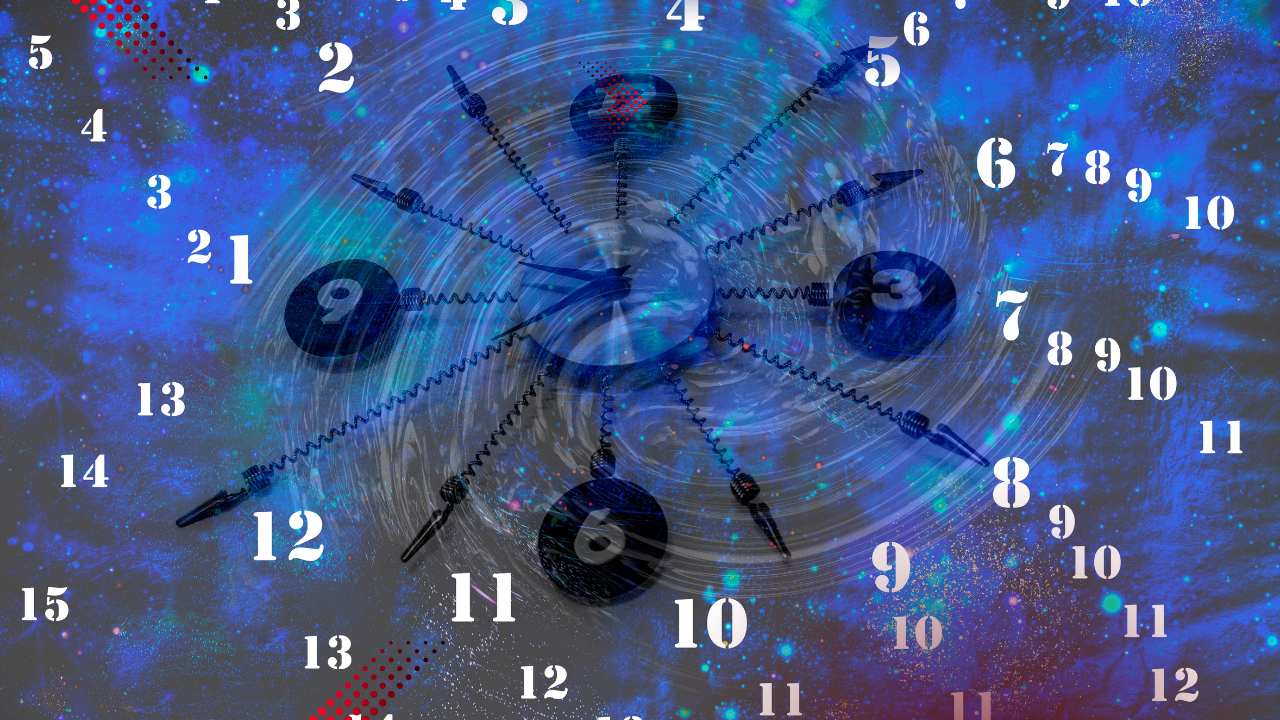Your Face is a Health Monitor: Ancient Diagnostic Secrets Revealed

- Heart Monitor: A red nose or spots on your ears aren't just skin deep; they can signal heart stress.
- Kidney Check: Persistent dark circles? It’s not just lack of sleep; it’s often your kidneys crying for hydration.
- Stomach Signals: Breakouts on your upper cheeks and lip often reveal a stomach that is struggling.
- Hormonal Map: If acne always hits your chin and jawline, it’s a direct sign of hormonal imbalance.
- Lung Logic: Issues with your lungs often show up as skin problems on your lower cheeks.
We often look in the mirror to check our hair or see if we look tired, but ancient traditions suggest we should be looking much deeper. Long before X-rays and blood tests, healers used Face Reading (or Physiognomy) not just to predict fate, but to assess the physical state of the body.
Think of your face as the dashboard of your car. Just as a light flashes on your dashboard when the oil is low or the engine is overheating, your face signals when your internal organs are under stress.
Here is how to decode the warning lights on your own face using ancient diagnostic secrets.
1. The Forehead: The Digestive and Cardiac Center
In face reading, the forehead is not just about intelligence; it is a billboard for the condition of your heart, bladder, and small intestines.
- The Clear Sign: A forehead that is free of spots, lines, or rashes generally indicates good physical health.
- The Warning Sign: If you notice sudden breakouts, skin problems, or distinct lines forming on the forehead, it may suggest underlying issues with the heart or digestive system (specifically the small intestines and bladder).
2. The Eyes: Windows to the Liver and Kidneys
The area surrounding your eyes is highly sensitive to the filtration systems of your body.
- Between the Eyes (The Liver): Look at the space directly between your eyes. Problems with the liver often manifest here as pimples, deep lines, or noticeable color changes.
- Below the Eyes (The Kidneys): This is one of the most common complaints—eye bags or dark circles. While often attributed to lack of sleep, in face reading diagnostics, persistent dark circles or bags are a direct indication of issues with the kidneys.
3. The Cheeks and Chest: The Breath of Life
Your cheeks act as a map for your respiratory and digestive systems. The placement of a blemish tells you exactly which organ needs attention.
- Upper Cheeks & Upper Lip: This region is connected to the stomach. Any rashes, spots, or color changes here warn of stomach distress or digestive imbalance.
- Lower Cheeks: The lower part of the cheek relates to the lungs. If you see skin problems here (or on the chest), it could be a sign of respiratory issues.
4. The Nose: The Heart’s Monitor
The nose is a central feature that governs more than just your sense of smell. In face reading, it is heavily linked to the heart and wealth.
- Redness and Spots: A red nose or spots appearing on the nose (and ears) can be signs of heart problems.
- Structural Health: The bridge of the nose itself tells a story. If the upper part of the nose (the health zone) is clear, health is good. If it is crooked, it may indicate breathing difficulties .
5. The Chin and Jaw: The Hormonal Anchor
If you frequently get acne along your jawline, you might already suspect what face reading confirms. The chin and jawline are the zones for the reproductive system.
- Hormonal Imbalance: Spots, lines, or discoloration on the chin are strong indications of hormonal imbalance or stress within the reproductive system.
- The Large Intestine: Pay attention to the sides of the chin and the lower lip. Skin problems here can signal issues with the large intestines.
Bonus: The Tongue Check
While not technically “on” the face, the tongue is often checked alongside facial features for a quick health audit. The color of your tongue reveals the state of your blood and hydration.
- Pink: Indicates a healthy body.
- White: Suggests digestive issues or stomach problems.
- Yellow: A sign of dehydration or pessimism.
- Blue: Can indicate blood-related problems.
A Note on Observation The face is dynamic. A single spot doesn’t always mean a serious illness, but persistent changes in these zones are your body’s way of asking for care. By paying attention to these ancient signals, you can start listening to your body before it needs to shout.





Hi, this is a comment.
To get started with moderating, editing, and deleting comments, please visit the Comments screen in the dashboard.